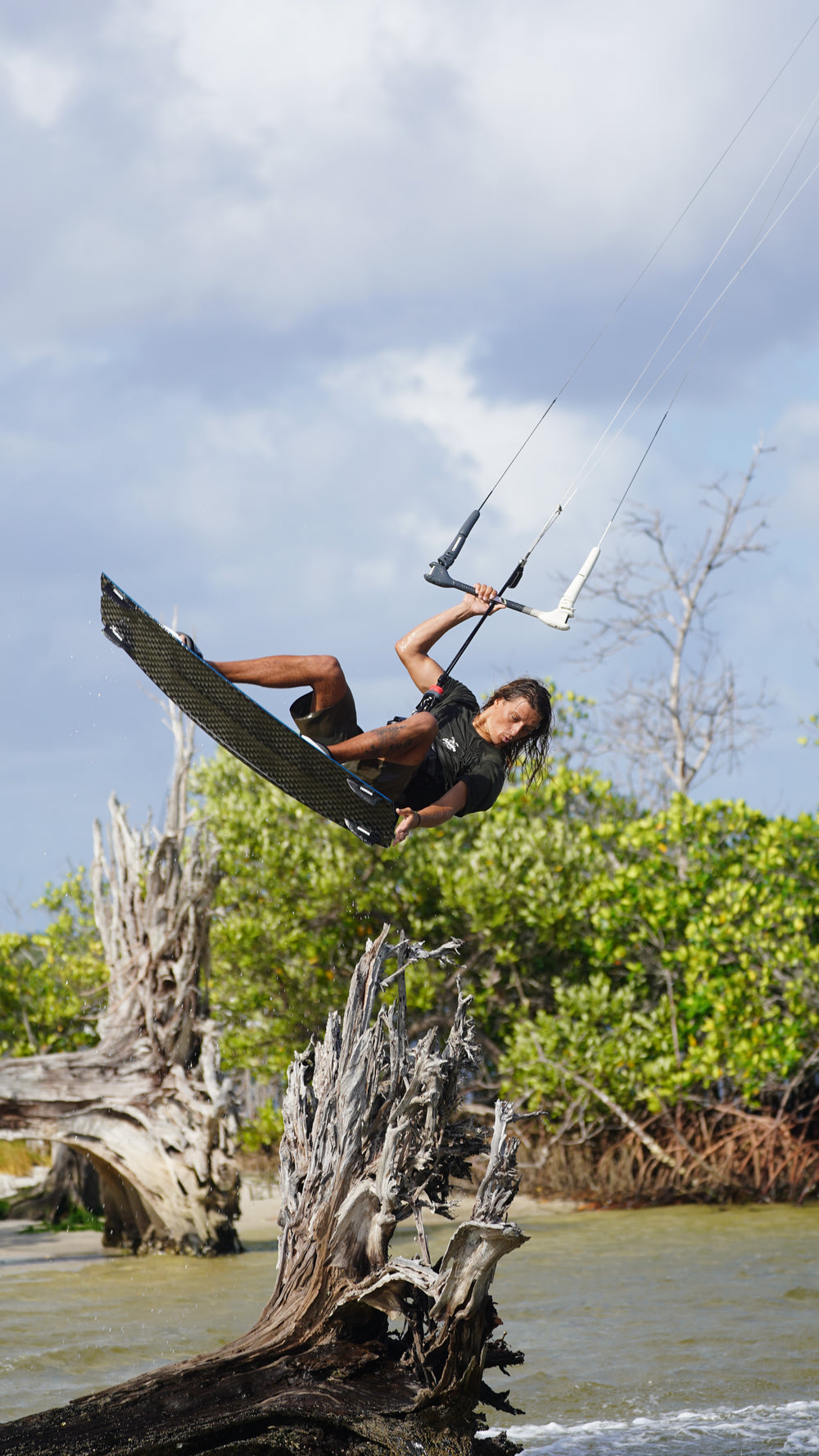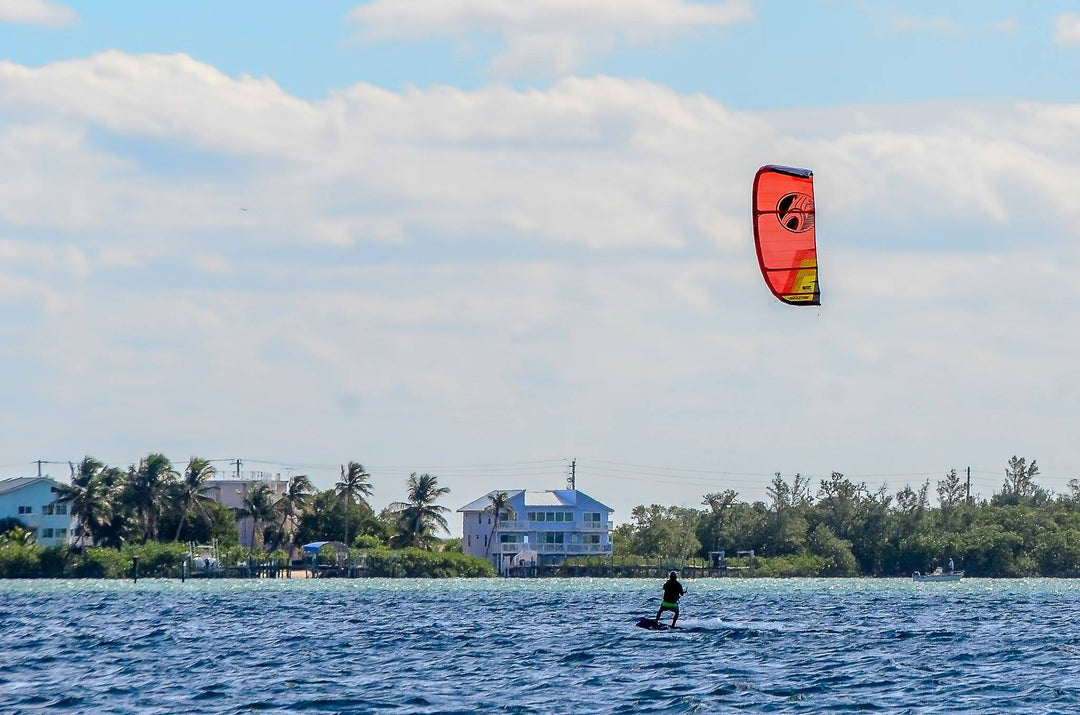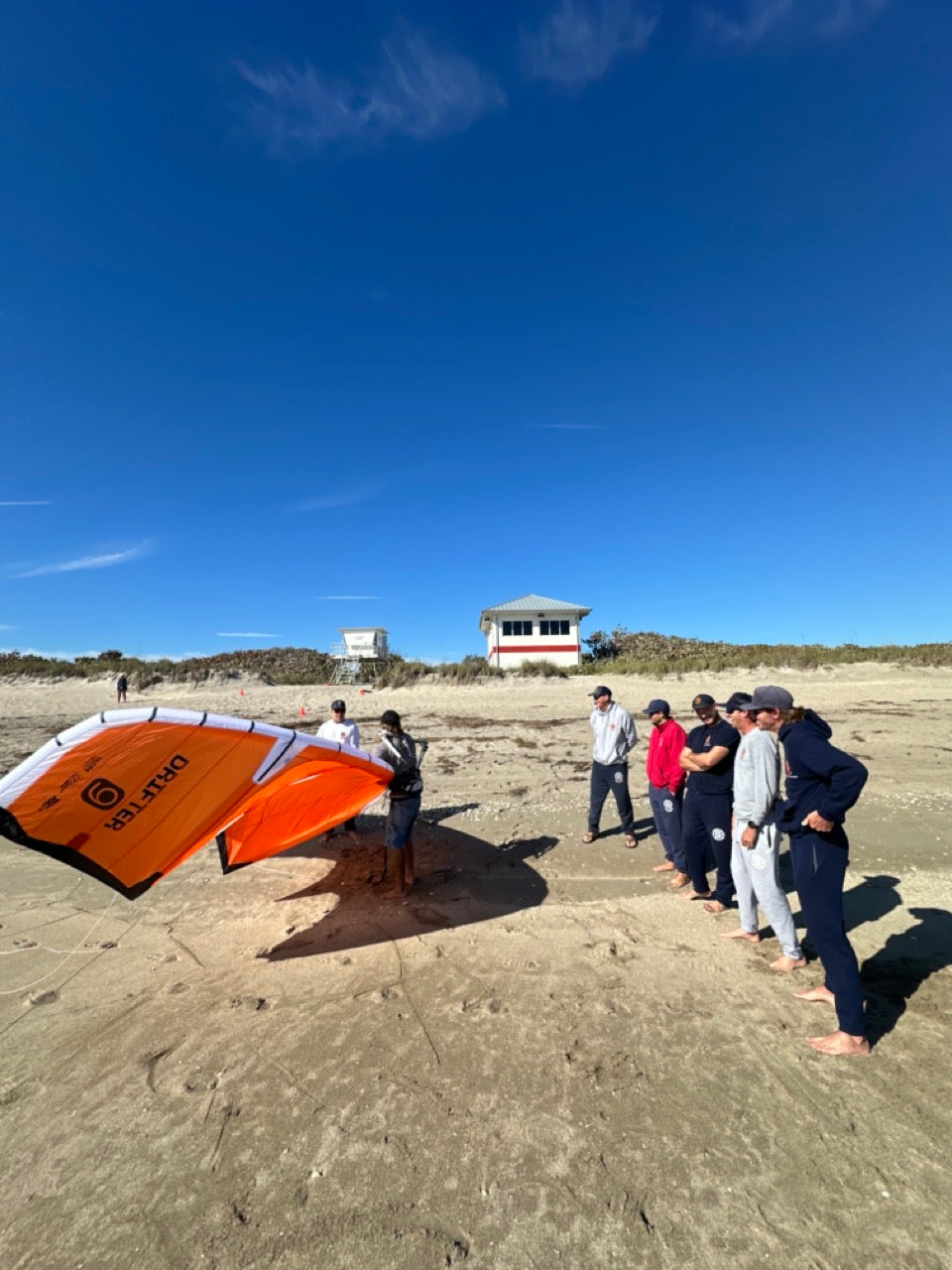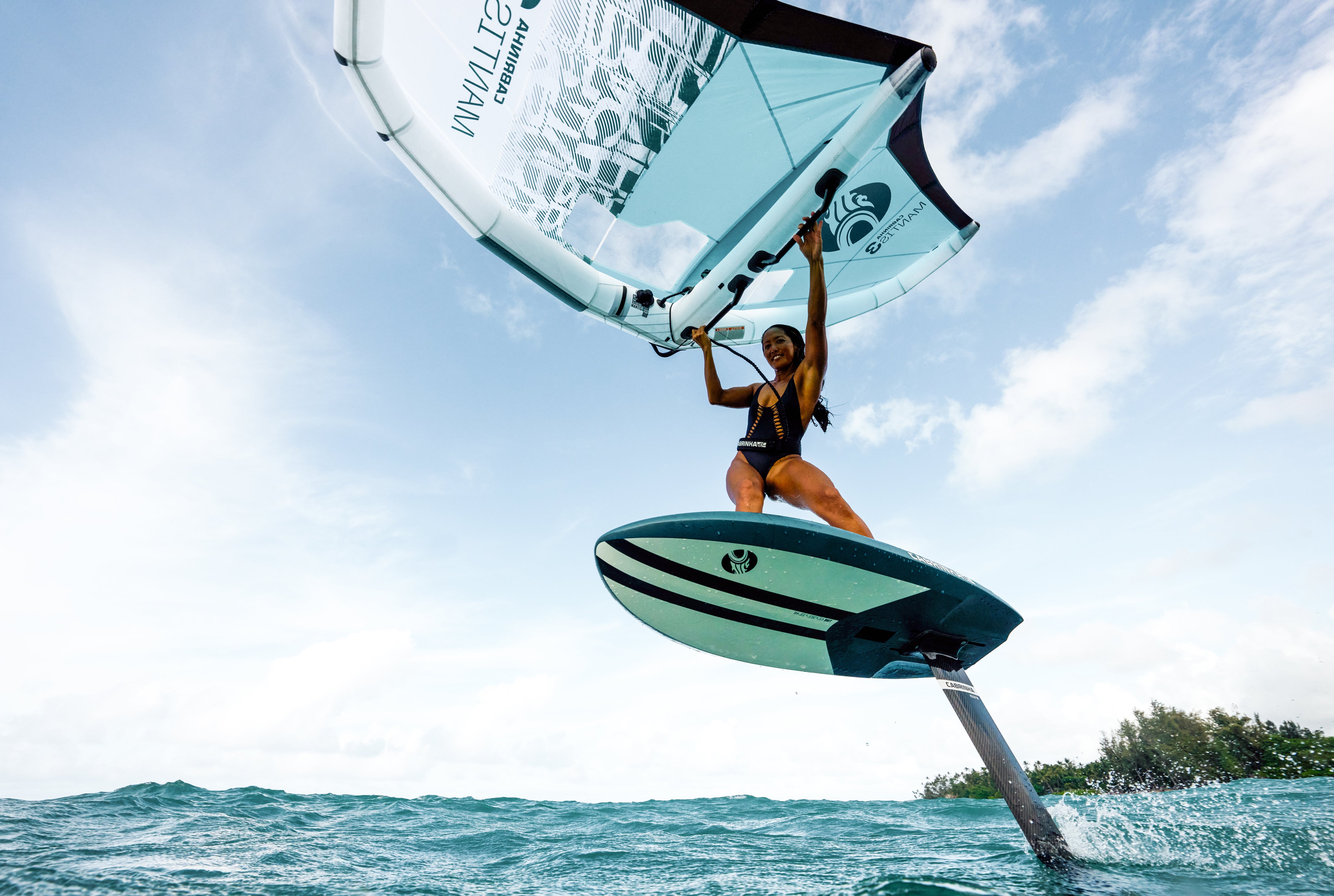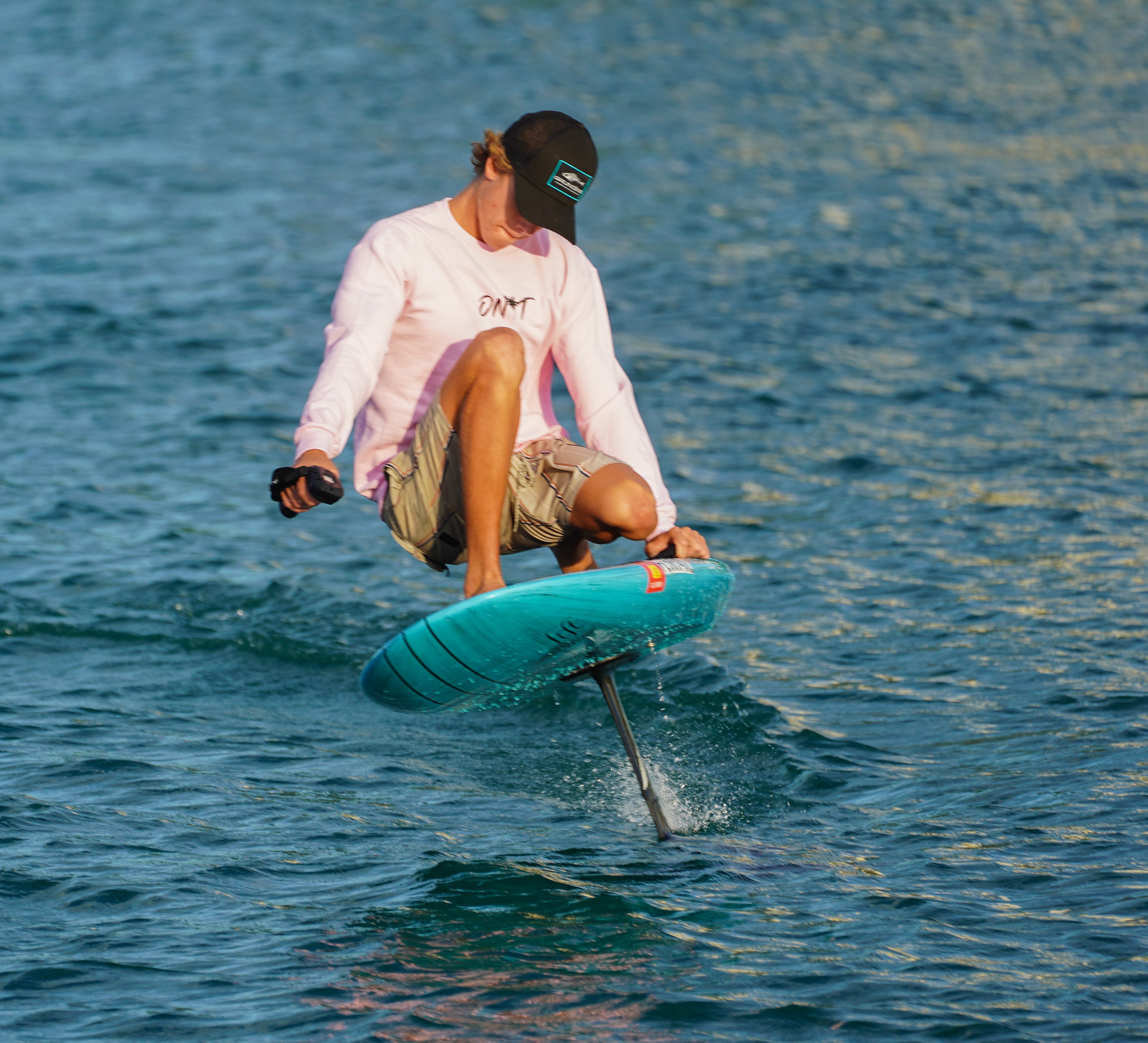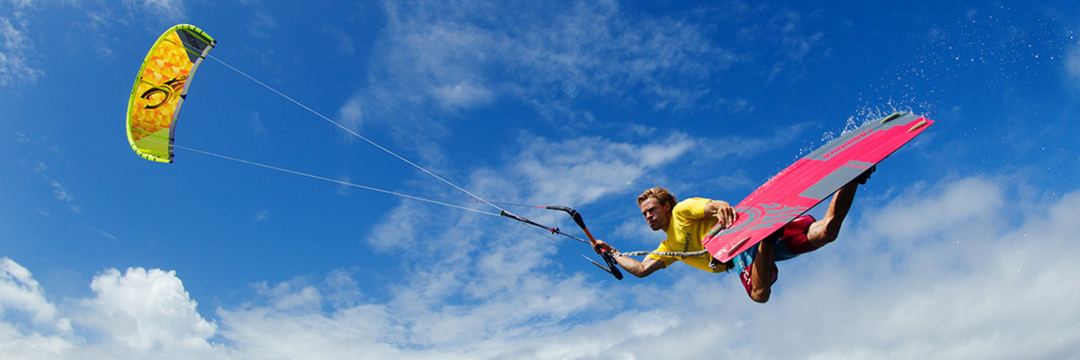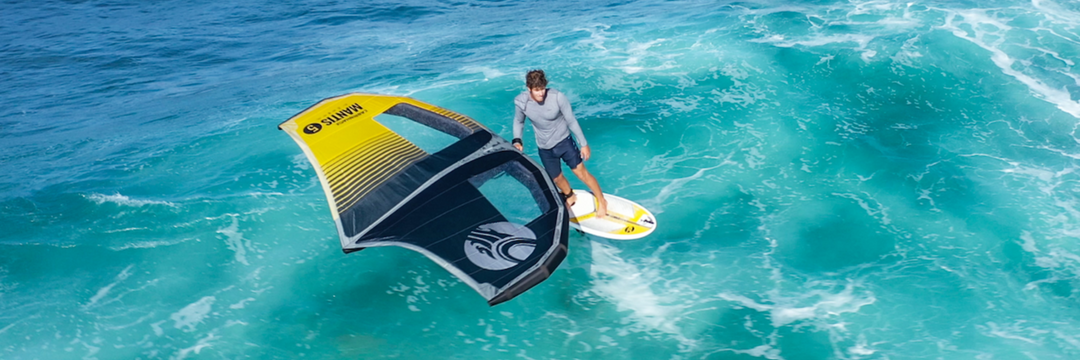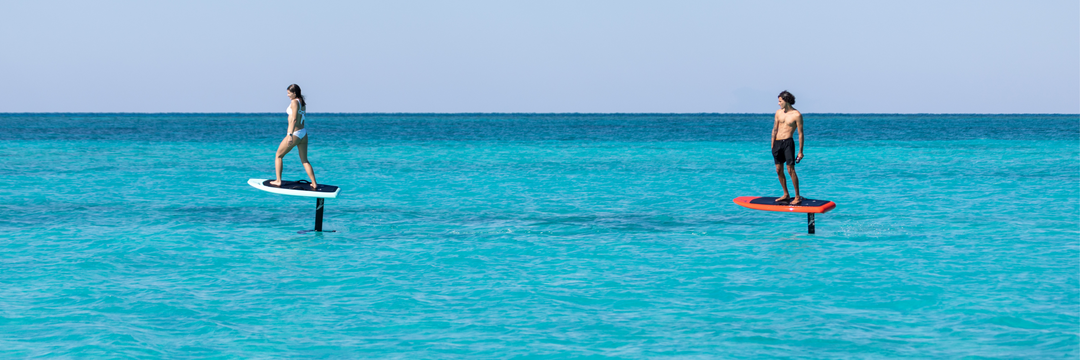Land Safety: Ensuring a Secure Kiteboarding Experience Off the Water
Whether it's on land or at sea, safety is paramount in kiteboarding. When we think of kiteboarding, our thoughts often gravitate towards ocean waves, sandy beaches, and open water. However, many crucial moments, particularly potential dangers, occur on land. Let's delve into the essential land safety protocols every kiteboarder should be acquainted with.
## Pre-Session: Preparing for the Ride
**1. Gear Inspection:** Before you head out, check your equipment. Inspect lines for wear and tear, ensure the kite has no rips or tears, and verify that all connections are intact.
**2. Know Your Location:** Familiarize yourself with the local conditions. Are there trees, buildings, or other obstructions that could interfere with your kite launch or landing?
**3. Safety Equipment:** Even on land, always wear protective gear. Helmets can prevent head injuries during sudden gusts or falls, and impact vests can shield against knocks.
## Launching Safely
**1. Choose an Open Area:** Ensure the launch area is spacious and free from obstructions like trees, power lines, and crowds.
**2. Buddy System:** Always have a buddy assist with your launch. They can help stabilize the kite and ensure lines are untangled.
**3. Quick Check:** Before launching, double-check your lines and harness. Ensure no bystanders are within your kite's launching trajectory.
## During Your Session
**1. Maintain a Buffer:** Even if you're just testing your kite on land, keep a distance from obstacles and bystanders.
**2. Stay Alert:** Be aware of your surroundings. Look out for other kiteboarders, children playing, or any moving vehicles.
**3. Practice Safe Egress:** If you need to exit the kiteboarding area quickly, familiarize yourself with quick-release mechanisms and have an escape route planned.
## Landing Your Kite
**1. Buddy System (Again!):** Always try to land with assistance. A buddy can help stabilize the kite and ensure a smooth landing.
**2. Choose a Safe Spot:** Land in a clear area, away from water and other obstructions.
**3. Detach with Care:** Once the kite is down, approach with caution. Detach the lines methodically to prevent tangles and potential trip hazards.
## Post Session
**1. Pack Up Systematically:** Properly winding lines, folding the kite, and storing gear can prevent damage and extend the lifespan of your equipment.
**2. Store in a Safe Spot:** Ensure that your gear is stored safely, away from pathways or spots where people might trip over it.
**3. Reflect and Learn:** After your session, consider any close calls or things that went awry. Reflecting can help you prepare and prevent similar situations in the future.
**Conclusion**
Land safety is often overshadowed by the more obvious dangers of the water. However, many kiteboarding accidents or mishaps occur on land. By adopting a safety-first mindset and implementing the protocols above, kiteboarders can ensure they minimize risks, protecting both themselves and those around them. Remember, a safe kiteboarder is a responsible kiteboarder. Your actions on land set the stage for your performance on the water!
## Pre-Session: Preparing for the Ride
**1. Gear Inspection:** Before you head out, check your equipment. Inspect lines for wear and tear, ensure the kite has no rips or tears, and verify that all connections are intact.
**2. Know Your Location:** Familiarize yourself with the local conditions. Are there trees, buildings, or other obstructions that could interfere with your kite launch or landing?
**3. Safety Equipment:** Even on land, always wear protective gear. Helmets can prevent head injuries during sudden gusts or falls, and impact vests can shield against knocks.
## Launching Safely
**1. Choose an Open Area:** Ensure the launch area is spacious and free from obstructions like trees, power lines, and crowds.
**2. Buddy System:** Always have a buddy assist with your launch. They can help stabilize the kite and ensure lines are untangled.
**3. Quick Check:** Before launching, double-check your lines and harness. Ensure no bystanders are within your kite's launching trajectory.
## During Your Session
**1. Maintain a Buffer:** Even if you're just testing your kite on land, keep a distance from obstacles and bystanders.
**2. Stay Alert:** Be aware of your surroundings. Look out for other kiteboarders, children playing, or any moving vehicles.
**3. Practice Safe Egress:** If you need to exit the kiteboarding area quickly, familiarize yourself with quick-release mechanisms and have an escape route planned.
## Landing Your Kite
**1. Buddy System (Again!):** Always try to land with assistance. A buddy can help stabilize the kite and ensure a smooth landing.
**2. Choose a Safe Spot:** Land in a clear area, away from water and other obstructions.
**3. Detach with Care:** Once the kite is down, approach with caution. Detach the lines methodically to prevent tangles and potential trip hazards.
## Post Session
**1. Pack Up Systematically:** Properly winding lines, folding the kite, and storing gear can prevent damage and extend the lifespan of your equipment.
**2. Store in a Safe Spot:** Ensure that your gear is stored safely, away from pathways or spots where people might trip over it.
**3. Reflect and Learn:** After your session, consider any close calls or things that went awry. Reflecting can help you prepare and prevent similar situations in the future.
**Conclusion**
Land safety is often overshadowed by the more obvious dangers of the water. However, many kiteboarding accidents or mishaps occur on land. By adopting a safety-first mindset and implementing the protocols above, kiteboarders can ensure they minimize risks, protecting both themselves and those around them. Remember, a safe kiteboarder is a responsible kiteboarder. Your actions on land set the stage for your performance on the water!


